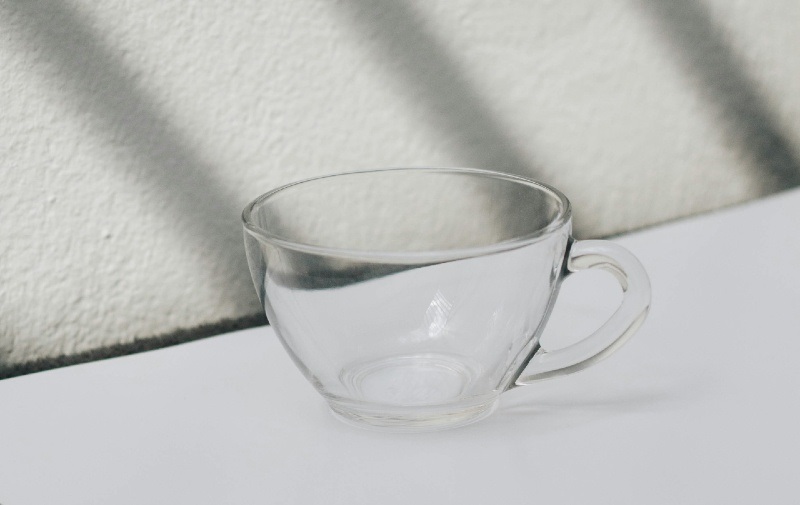In simple terms, having negative equity in your home means you would still owe your lender if you were to sell it.
Generally, the more a homeowner makes in loan repayments, the more the equity in their home steadily increases over time. But if the home’s value falls, it may be worth less than the loan amount.
The situation is generally overcome with time. Negative equity only becomes a problem if the property has to be put on the market. That means the proceeds of the sale won’t be enough to pay back the loan.
How common is negative home equity in Australia?
Given the Australian property market’s propensity to rise in value, relatively few home loans in Australia are in negative equity.
As at November 2023, the Reserve Bank of Australia estimated the figure at just 0.1 per cent of all Australian home loans.
This is unusual in a rising interest rate environment when home values generally fall. But Australia’s property market has remained buoyant after its post-pandemic boom, fuelled in part by high population growth.
The RBA says even if house prices were to fall 10 percent, it believes only 0.5% of borrowers would be in negative equity.
What causes negative home equity?
Negative equity is generally caused by:
-
Buying at the top of a market cycle and home prices have since fallen
-
Buying with a low deposit and the market slips in value
-
Overpaying for a home with not enough time for equity to build
Some Australians found themselves in negative equity positions after they purchased properties in mining and regional towns at the height of the resources boom of the 2000s. At that time, properties in resource-rich areas were selling at prices far above their historical values and fetching rents significantly higher than many capital cities. Investors flowed into the market, further fuelling the property bubble.
Let’s consider a case study. Perth investor Joe purchased a home in the Western Australian mining town of Port Headland in the mid 2000s on the advice of his brother, a fly-in-fly-out mine worker. Joe paid $700,000 for a modest two-bedroom property, taking out a loan of $650,000. It was quickly rented to mine workers for $1500 a week during a chronic rental shortage in the region.
The rental property was paying for itself until the resources sector slowed as the world economy was hit by the Global Financial Crisis. With cuts to mine production, many workers left the town, triggering falling rental demand. In a relatively short period, Joe’s property was valued at $500,000 with the lower rental income no longer covering his loan payments. Not only did this leave him with considerable shortfall in paying back his mortgage, it also meant selling the property would not provide enough funds to discharge the loan.
When does negative equity become a problem?
Having a negative equity home loan can make it difficult for a homeowner to refinance. This can be particularly frustrating if there are more attractive interest rates and terms on the market than the homeowner’s current loan. Understandably, a negative equity position makes lenders far more reluctant to lend.
Negative home equity largely presents a problem when selling the home. As with any home with a mortgage, the proceeds of the sale are used to pay off any remaining debt. When the sale amount falls short of what’s owed to the lender, the homeowner has to make up the difference in another way. This may be through accessing savings or selling off another asset to make up the shortfall.
Mortage advisor Chris Wisbey, general manager of Scene Finance, says he’s rarely seen a negative equity situation during his 20-year career.
“That’s because there are generally safeguards along the way in the lending process to ensure suitable buffers,” Mr Wisbey told Savings.com.au.
“If I was to advise a borrower in that situation, I would urge them to do everything possible to pay down as much debt on the loan as they could - whether that’s through taking a second job or taking maximum advantage of offset or redraw facilities.
Selling at loss is one thing but going down the mortgagee in possession path is the last option you want to take when you lose your asset and still owe money for it.”
Indeed, if a seller can’t make up the funds to discharge the mortgage, the lender may opt to involve their mortgage insurer. The insurer will step in to pay the shortfall but will have to recoup the amount from the seller. This can be an involved and expensive process.
How to avoid negative home equity?
Purchasing a home with a larger home loan deposit is good insurance against slipping into negative equity. Many lenders recommend at least a 20% deposit. Simply put, larger deposits ensure higher home equity from the outset.
Another way to increase equity is to simply keep up home loan repayments, paying both the principal and interest. There are also many ways to pay off a mortgage earlier than the term of a loan. These include switching to fortnightly or weekly payments or making extra repayments when it’s possible. Not only does this boost home equity, it can save considerable amounts of money in the long run.
Mr Wisbey says he likes to think responsible and rigorous lenders don’t allow their clients to get into negative equity positions in the first place.
“As with any loan, the advice is to do your best to pay your debt down as quickly as you can. That way you are able to build your own equity.”

Ready, Set, Buy!
Learn everything you need to know about buying property – from choosing the right property and home loan, to the purchasing process, tips to save money and more!
With bonus Q&A sheet and Crossword!



 Harry O'Sullivan
Harry O'Sullivan
 Bea Garcia
Bea Garcia
 Denise Raward
Denise Raward